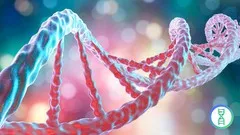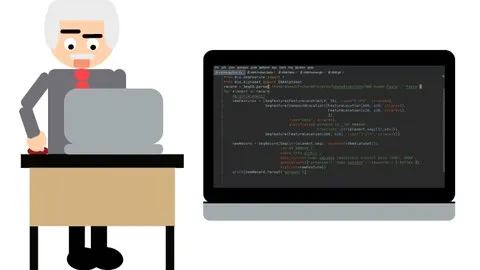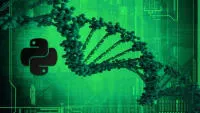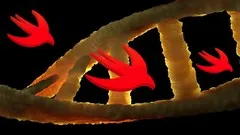
Computational Gene Expression Analysis with Python 
This course will teach you how to analyze and quantify differences in gene expression using public datasets from the Gene Expression Omnibus. You will learn how to use tools like GEO2R, StringDB, PantherDB and more to analyze publicly available gene expression data. With this course, you will gain a detailed understanding of how gene expression analysis works, such as what is fold change, and how to use Python to analyze and visualize gene expression data. You will also get insight into how to write a paper about your project. Examples of research topics include identifying potential biomarkers for cancer, analyzing changes in gene expression when a sample is treated with a drug or under a condition, and differences in gene expression between early and late stage cancer. All you need is a computer, a Google Account (for Google Sheets + Colab) or Excel, and an internet connection. Enroll now and start your journey to becoming a gene expression analysis expert! ▼
ADVERTISEMENT
Course Feature
![]() Cost:
Cost:
Free
![]() Provider:
Provider:
Udemy
![]() Certificate:
Certificate:
No Information
![]() Language:
Language:
English
![]() Start Date:
Start Date:
2023-07-07
Course Overview
❗The content presented here is sourced directly from Udemy platform. For comprehensive course details, including enrollment information, simply click on the 'Go to class' link on our website.
Updated in [August 18th, 2023]
Skills and Knowledge:
This course will provide students with the skills and knowledge to analyze and quantify differences in gene expression using public datasets from the Gene Expression Omnibus. Students will gain a detailed understanding of how gene expression analysis works, including what is fold change. Through examples, students will learn how to use tools like GEO2R, StringDB, PantherDB, and more to analyze publicly available gene expression data. Additionally, students will gain insight into how to write a paper about their project. By the end of the course, students will have the skills to identify potential biomarkers for cancer, analyze changes in gene expression when a sample is treated with a drug or under a condition, and identify differences in gene expression between early and late stage cancer.
Professional Growth:
This course provides a comprehensive introduction to gene expression analysis and its applications in the field of professional growth. It covers the fundamentals of gene expression analysis, such as fold change, and provides examples of how Python can be used to analyze and visualize gene expression data. Additionally, the course provides guidance on how to choose a research topic, find a dataset, process the data, and analyze the data graphically with several tools. Finally, the course provides insight into how to write a paper about the project. By taking this course, professionals will gain a detailed understanding of gene expression analysis and its applications, as well as the skills to apply it to their own research.
Further Education:
This course is suitable for preparing further education as it provides a detailed understanding of how gene expression analysis works, and how to use tools like GEO2R, StringDB, PantherDB, and more to analyze publicly available gene expression data. Additionally, the course provides insight into how to write a paper about a research project, and example topics for research. Finally, the course provides a bonus of how to use machine learning for gene expression analysis, if there is enough interest.
Course Syllabus
Introduction
Finding a Dataset and Using GEO
Using Bioinformatics Tools
Python for Data Analysis and Visualization
Next Steps
Course Provider

Provider Udemy's Stats at AZClass
Discussion and Reviews
0.0 (Based on 0 reviews)
Explore Similar Online Courses

Learn Basics Python : ISL Interpretation Included

How To Start Business With Offline Business Applications

Python for Informatics: Exploring Information

Social Network Analysis

Introduction to Systematic Review and Meta-Analysis

The Analytics Edge

DCO042 - Python For Informatics

Causal Diagrams: Draw Your Assumptions Before Your Conclusions

Whole genome sequencing of bacterial genomes - tools and applications

Learn Biopython: Preliminary Step Toward Bioinformatics

Introduction to programming for Bioinformatics with Python


Start your review of Computational Gene Expression Analysis with Python